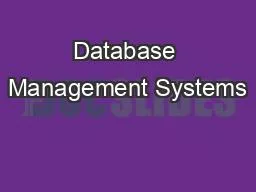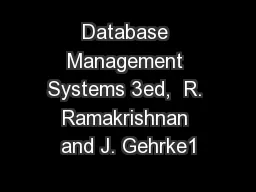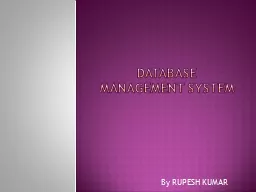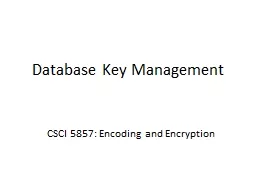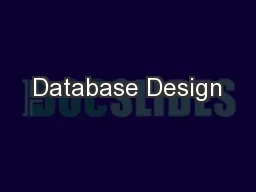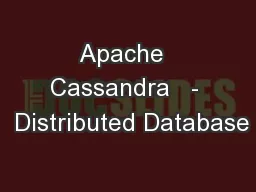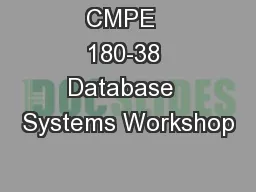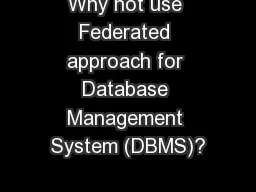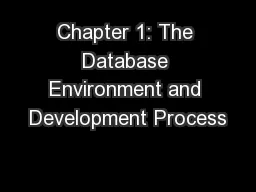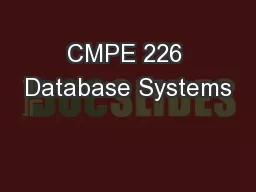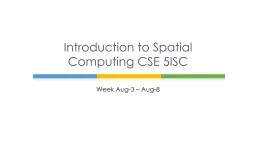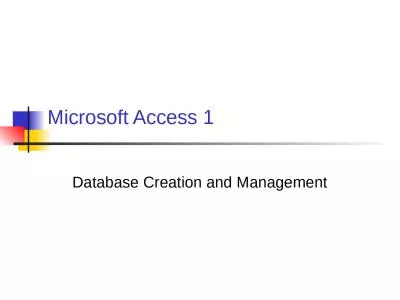PPT-Database Management Systems
Author : firingbarrels | Published Date : 2020-10-01
DBMS CSC351621 Getting Started and Quick Overview Motivation SQL is one of the significant skills required for Data Science According to Glassdoor the average
Presentation Embed Code
Download Presentation
Download Presentation The PPT/PDF document "Database Management Systems" is the property of its rightful owner. Permission is granted to download and print the materials on this website for personal, non-commercial use only, and to display it on your personal computer provided you do not modify the materials and that you retain all copyright notices contained in the materials. By downloading content from our website, you accept the terms of this agreement.
Database Management Systems: Transcript
Download Rules Of Document
"Database Management Systems"The content belongs to its owner. You may download and print it for personal use, without modification, and keep all copyright notices. By downloading, you agree to these terms.
Related Documents

